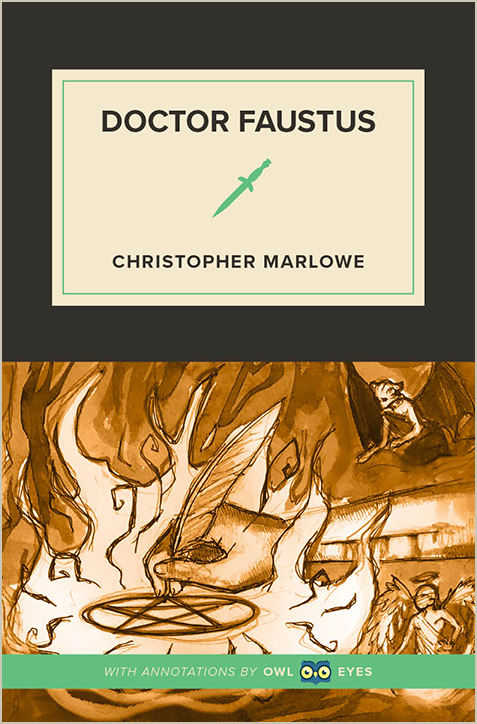

Marlowe used the run-on line so as to give continuity to the poetry. He often varied the caesuras within a line, and he also continued a thought from one line to another. In one construction of his poetry, Marlowe did not end each line with a heavy and distinct pause.

As in the ending of the first two lines of the above passage, the assonance of "air" and "stars" imparts a controlled unity to the lines. Ofttimes, instead of using a rhyme, Marlowe uses other poetic techniques to give unity to a passage. Shakespeare was later to follow Marlowe's example and use the natural rhythm of blank verse.

Marlowe alternated the regular stresses and created a more varied, sincere, and beautiful verse. When Faustus sees Helen of Troy, he exclaims:Įarlier blank verse had been metrically precise and regular which, in long passages, could become rhythmically boring. One of Marlowe's accomplishments was to capture in blank verse the music inherent in the English language. Marlowe was the first to free the drama from the stiff traditions and prove that blank verse was an effective and expressive vehicle for Elizabethan drama. Many earlier plays had used rhymed verse there are a few examples, such as Gorboduc, which had used blank verse, but the poetry in Gorboduc was stiff and formal. Before Marlowe, blank verse had not been the accepted verse form for drama.


 0 kommentar(er)
0 kommentar(er)
